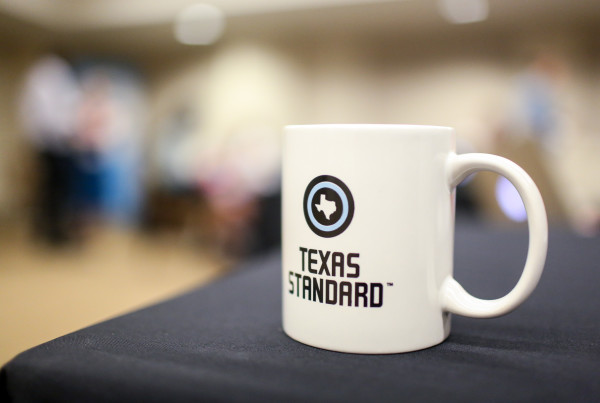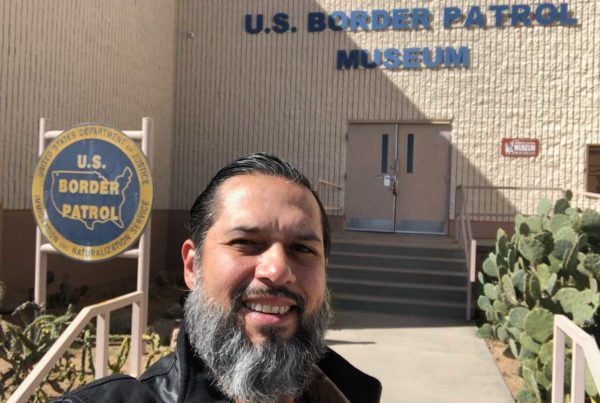Less than a year ago, on May 18, 2018, a shooter killed 10 people and wounded 13 at Santa Fe High School, south of Houston. It’s been an arduous nine months for those who are recovering from the traumatic event. One survivor, law enforcement Officer John Barnes who was stationed at the school, was the last person shot that day. He spent weeks in the hospital, had more than six surgeries and has many more months left of rehabilitation.
Alexandra Becker wrote about Barnes’ experience during the mass-shooting, as well as his recovery, for TMC Pulse, a magazine published by the Texas Medical Center in Houston. Becker says she wanted to tell Barnes’ story as well as the story of the people who saved his life.
“I wanted to talk about Officer Gary Forward who put a tourniquet on him and stopped him from bleeding to death in minutes,” Becker says. “I wanted to talk about Life Flight, the air ambulance service run by Memorial Hermann here in Houston who kept him alive until he reached UTMB, which is the Level I trauma center in Galveston.”
Becker says Barnes was a school resource officer, which means he has the responsibility and training of a regular police officer but his main duty is to keep the students at Santa Fe High School safe.
“They are trained to move directly to any threat as quickly as possible, and then they’re trained to neutralize that threat just like a police officer,” Becker says. “Many, like Officer Barnes, begin their careers as police officers.”
Becker says Barnes told her what happened in detail during the shooting. Once he confirmed there was an active shooter, he used the edge of the hallway as a shield, then stuck out his arm and fired.
“As he turned the corner, he had his arm with his gun out, and as soon as the shooter saw his arm, [the shooter] opened fire,” Becker says.
That’s when Officer Forward came to help Barnes.
“The shooter had hit his brachial artery … and he had an open, gaping wound in his arm, and he was bleeding out quickly,” Becker says. “[Forward] took that tourniquet and he wrapped it around Officer Barnes’ arm, and that ultimately was one of the first pieces that saved his life.”
Ironically, Barnes had objected to carrying tourniquets – something the officers had recently started to do.
“He had thought they were not necessary, and of course, he found out that they were one of the biggest pieces as far as him having his life saved that day,” Becker says.
Becker says she wanted to tell the story of an ordinary person like Barnes whom she says acted courageously doing his job. She also wanted to look more closely at the work of the first responders and how they deal with traumatic events.
“I personally think Officer Barnes is a hero for how he acted during such a tragic event,” Becker says. “I wanted to share the stories of the trauma teams and the first responders who were also heroes that day … the people who just went to work that day, and as they do every day, save someone’s life by doing their job.”
Barnes hasn’t returned to Santa Fe High School as a school resource officer. Becker says he’s still recovering from his injuries. She says he wells up with emotion whenever he talks about the people who saved his life.
“He is so grateful that so many people worked so hard to keep him alive,” Becker says.
Written by Caroline Covington.
Support for Texas Standard’s “Spotlight on Health” project is provided by St. David’s Foundation.
















